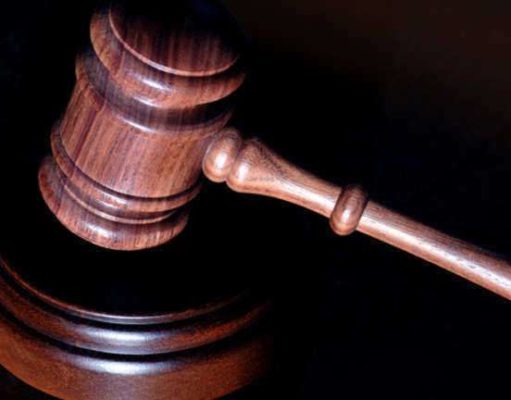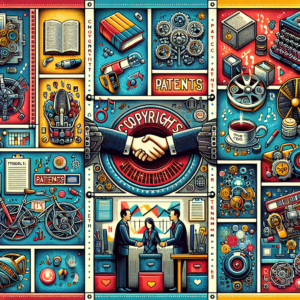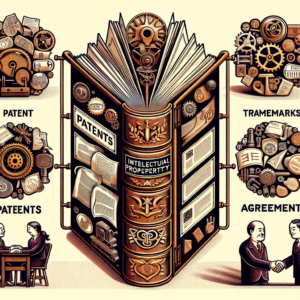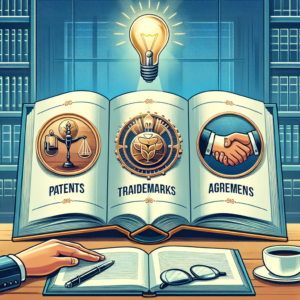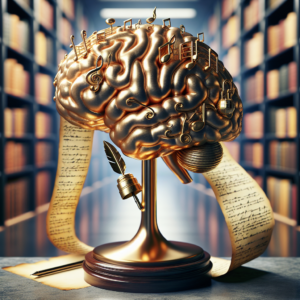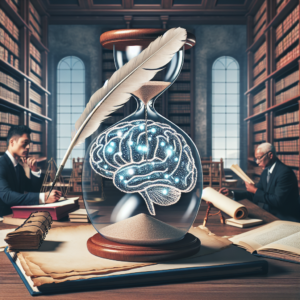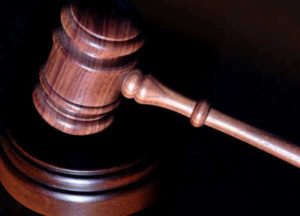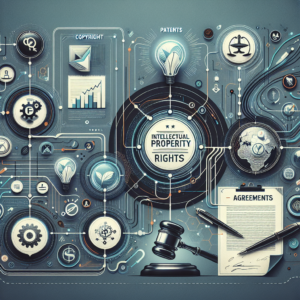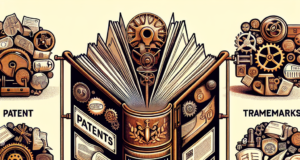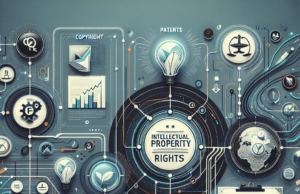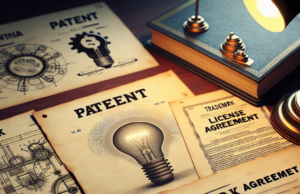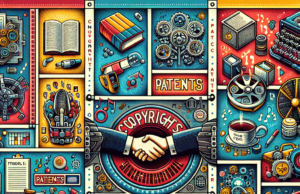Revolutionary Changes in Intellectual Property: What You Must Know Now!

In an era defined by rapid technological advancements and globalization, the landscape of intellectual property (IP) is undergoing revolutionary changes. As businesses and creators navigate this evolving terrain, understanding the implications of these shifts is crucial. This article delves into the evolution of intellectual property in the digital age, key legislative changes, the role of technology, emerging trends, and the challenges and opportunities that lie ahead. By equipping ourselves with this knowledge, we can better prepare for the future of intellectual property rights.
Understanding the Evolution of Intellectual Property in the Digital Age
The digital age has fundamentally transformed the way intellectual property is created, shared, and protected. With the rise of the internet, content can be disseminated globally at unprecedented speeds, leading to both opportunities and challenges for creators and businesses. Traditional IP frameworks, which were designed for a pre-digital world, are increasingly being tested as digital platforms facilitate the rapid reproduction and distribution of creative works. This evolution necessitates a re-examination of existing laws and practices to ensure that they remain relevant and effective in protecting the rights of creators while fostering innovation and access to information.
Key Legislative Changes Impacting Intellectual Property Rights Globally
In response to the challenges posed by the digital landscape, several key legislative changes have emerged globally. Notably, the European Union’s Digital Single Market initiative aims to harmonize copyright laws across member states, making it easier for creators to protect their works online. Similarly, the United States has seen the introduction of the Music Modernization Act, which addresses the complexities of music licensing in the digital age. These legislative efforts reflect a growing recognition of the need for adaptive legal frameworks that can accommodate the unique characteristics of digital content and the global nature of the internet, ultimately enhancing the protection of intellectual property rights.
The Role of Technology in Shaping Modern Intellectual Property Practices
Technology plays a pivotal role in shaping modern intellectual property practices, offering both tools for protection and avenues for infringement. Advanced technologies such as artificial intelligence (AI) and machine learning are being utilized to monitor and enforce IP rights more effectively, enabling rights holders to identify unauthorized use of their works in real-time. Additionally, digital rights management (DRM) systems are increasingly employed to safeguard content distribution. However, the same technologies that facilitate protection can also be exploited for infringement, highlighting the need for a balanced approach that leverages innovation while safeguarding the rights of creators.
Emerging Trends: How AI and Blockchain are Transforming IP Management
The integration of AI and blockchain technology is revolutionizing the management of intellectual property. AI algorithms can analyze vast amounts of data to detect potential infringements, streamline licensing processes, and even assist in the creation of original works. Meanwhile, blockchain technology offers a decentralized and transparent method for recording IP ownership and transactions, providing an immutable ledger that can help prevent disputes over rights. These emerging trends not only enhance the efficiency of IP management but also empower creators by providing them with greater control over their works and ensuring that they receive fair compensation for their contributions.
Challenges and Opportunities in Enforcing Intellectual Property Rights Today
Despite the advancements in technology and legislative frameworks, enforcing intellectual property rights remains a significant challenge. The borderless nature of the internet complicates jurisdictional issues, making it difficult for rights holders to pursue legal action against infringers. Additionally, the rise of user-generated content platforms has blurred the lines of responsibility, often placing the onus of enforcement on creators themselves. However, these challenges also present opportunities for collaboration among stakeholders, including governments, technology companies, and creators, to develop innovative solutions that enhance enforcement mechanisms and promote a culture of respect for intellectual property.
Preparing for the Future: Strategies for Navigating IP in a Rapidly Changing Landscape
As the landscape of intellectual property continues to evolve, stakeholders must adopt proactive strategies to navigate the complexities of this dynamic environment. Businesses and creators should invest in education and training to stay informed about the latest developments in IP law and technology. Additionally, fostering partnerships with legal experts and technology providers can enhance IP management practices and ensure compliance with evolving regulations. Embracing a culture of innovation and adaptability will be essential for successfully navigating the challenges and opportunities that lie ahead in the realm of intellectual property.
In conclusion, the revolutionary changes in intellectual property are reshaping the way we think about and protect creative works in the digital age. By understanding the evolution of IP, staying informed about legislative changes, leveraging technology, and preparing for future challenges, stakeholders can better navigate this rapidly changing landscape. As we move forward, a collaborative approach that prioritizes innovation, education, and respect for intellectual property rights will be essential in fostering a thriving creative economy that benefits all.

